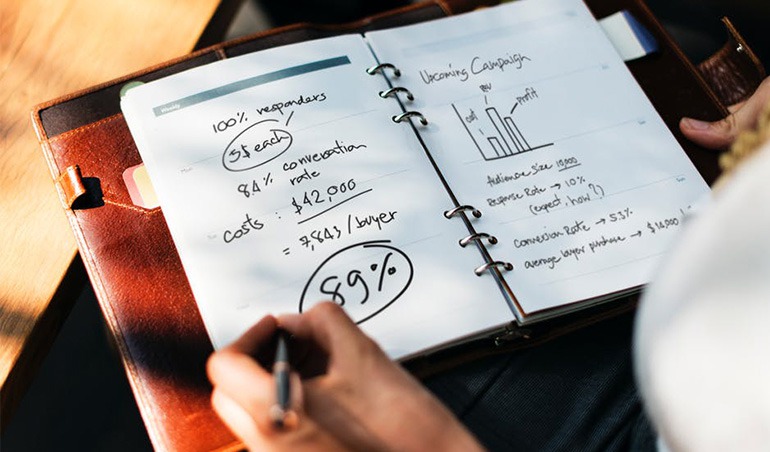To service global trade
A glance at the objects around you at home or work will reveal objects brought from across the world, from the bagged salad in your fridge (Kenya), to the computer or smartphone upon which you’re reading this article (Taiwan, China, the US), or the table upon which it rests (Sweden). The enormous volume of global trade that brings us products from all over the world has been made possible by a profound technological revolution occurring behind the scenes.
The world’s biggest container shipping firm, Maersk, estimates the cost of transporting an apple from a field in New Zealand to a cold store in Europe is eight US cents. Logistics experts talk of “landed costs”, the sum of all of the various costs associated with freight. There is also an environmental cost, of course, for example bringing vegetables from afar rather than from local farms. But the landed costs of many products have fallen such that it’s usually cheaper to transport many items halfway around the world than to produce them locally.
Much of this fall in costs comes from the efficiencies ushered in by containerisation which, since it was introduced in 1956, has had a greater effect on globalisation than all the trade agreements signed in the past 50 years.
Donec sollicitudin molestie malesuada. Donec sollicitudin molestie malesuada. Curabitur non nulla sit amet nisl tempus convallis quis ac lectus. Nulla porttitor accumsan tincidunt. Mauris blandit aliquet elit, eget tincidunt nibh pulvinar a. Mauris blandit aliquet elit, eget tincidunt nibh pulvinar a. Donec sollicitudin molestie malesuada. Pellentesque in ipsum id orci porta dapibus. Vestibulum ac diam sit amet quam vehicula elementum sed sit amet dui. Pellentesque in ipsum id orci porta dapibus.
The largest container ships today, such as the CSCL Globe and MSC Oscar carry around 19,000 TEUs (20ft equivalent unit – a standard 40ft container is two TEUs). But ships are not likely to greatly grow beyond 20,000 TEUs for the foreseeable future – much as the Airbus A380, currently the world’s largest passenger aircraft carrying up to 853 passengers, is probably as big an aircraft as we will see. If a ship or aircraft is so big and expensive that nobody can operate it (in terms of costs and system constraints) then it’s of little use. So while there have been remarkable achievements in speed and scale, today it is the communication technology that links systems together that has the greatest logistical impact.

